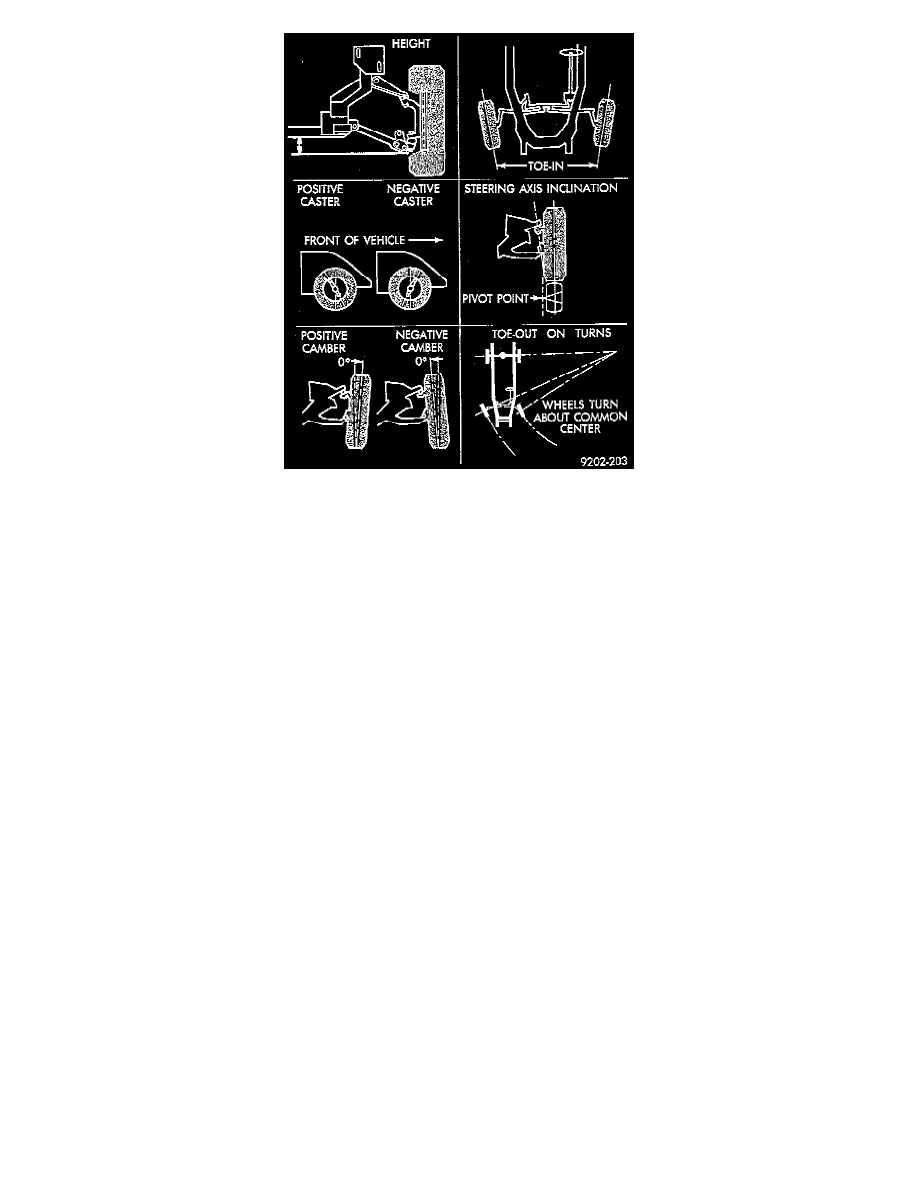Viper RT-10 V10-8.0L VIN E (1997)

Vehicle front and rear curb height is the difference in height between the outer end of front and rear lower control arms and the frame of the vehicle. The
measurement is to be taken from the design height fixture to the vehicle's frame, to determine the height of a fully wet (full tank of fuel and all correct
fluid levels) vehicle. This measurement will determine if something in the vehicle's suspension is causing a vehicle to sit statically high or low. The curb
height measurement is taken at the center in the front of the vehicle, and at each frame rail in the rear. All service alignment adjustments done, MUST be
made with the vehicle set to its required curb height specification.
Vehicle Design Height
Vehicle design height is the height specification vehicle was at, when vehicles original front and rear alignment was done at the vehicle assembly plant.
This is also the height specification vehicle was at when all suspension components were originally tightened and torqued to required specifications. It is
also the height specification vehicle MUST be at when tightening and torquing fasteners for the vehicles suspension components which are mounted,
using rubber isolator bushings. This is required for all vehicle suspension components except the front and rear lower control arm cam bolts and nuts.
Vehicle design height is determined by correctly installing the front and rear design height fixtures and then ballasting or jacking the vehicle until the
required vehicle is obtained using the vehicle height fixture special tools.
Vehicle Height Information
CURB HEIGHT
When servicing the suspension system on the viper, different service procedures require the vehicle to be at different heights.
When performing an alignment on the vehicle, the vehicle must be at its proper curb height. Curb height is the height the vehicle should be at when
the vehicle is full of gas, has all fluids filled to their proper levels and has no passengers or additional weight added to the vehicle. Curb height
though is adjustable. Curb height can only be adjusted though after it is determined that no damage to the vehicle and/or suspension components is
the cause the vehicle will not meet the required curb height.
NOTE: Before installing a shim or reduced height spring seat to set the vehicle to the correct curb height, be sure the rubber bushing mounted
components of the suspension were tightened with the vehicle at design height. Refer to the Design Height Setting Procedure in adjustments.
The curb height of the vehicle if found to be to low, is adjusted by adding shims between the upper spring seat and the top of the coil spring. If the
curb height of the vehicle is to high, it can be lowered by installing a reduced height upper spring seat on the shock absorber.
DESIGN HEIGHT
Design height is the height the vehicle was at when all rubber bushing mounted components of the vehicle's suspension system were tightened and
torqued to specification. Though service specifications for wheel alignment are given with the vehicle at curb height, the vehicle was also
originally aligned when built with the vehicle set at its design height.
If the suspension components of the vehicle having rubber isolator bushings are serviced, the bolts mounting these components to the frame of the
vehicle must be tightened and torqued with the vehicle set to its required design height.
If the rubber bushing mounted components of the vehicle's suspension system are not tightened and torqued with the vehicle set to its design
